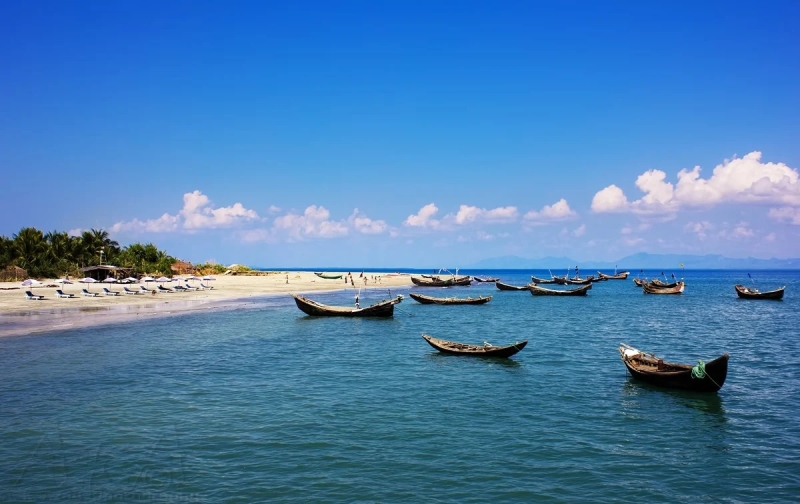- Hong Kong’s deadliest fire in a century: How it spread |
- Khaleda ‘moved to Evercare CCU |
- Sea ports asked to keep hoisted distant cautionary signal No 1 |
- Hasina gets 21 years in jail over Rajuk plot allocation scam |
Developed Land on St. Martin’s Island Nearly Doubled in 18 Years

Over the past two decades, the biodiversity of Saint Martin’s Island (SMI) has declined significantly, as developed land on the coral island nearly doubled between 2005 and 2023, according to a government report.
“Between 2005 and 2023, developed land on SMI increased from 45.26 hectares to 86.13 hectares, with substantial losses in agricultural and vegetated areas due to unregulated tourism and construction,” the draft Master Plan of Saint Martin’s Island states.
The master plan aims to enhance SMI as a premier tourist destination, improve residents’ quality of life, and protect the island’s natural resources through coordinated efforts across multiple sectors.
Tourism remains the island’s primary attraction, particularly from September to April, when daily visitor numbers range from 3,000 to 7,000. However, SMI’s limited area of 590 hectares is insufficient to sustain such high tourist volumes.
This excessive influx has exceeded the island’s carrying capacity, leading to development that surpasses sustainable limits.
The resulting environmental challenges include increased waste and sewage, inadequate drainage, unregulated growth of resorts and restaurants, habitat degradation, coral extraction, persistent poverty, limited alternative employment, unplanned infrastructure, and constraints in energy and eco-friendly transportation. Together, these pressures threaten both local ecosystems and the socio-economic stability of the resident community.
SMI is renowned for its ecological diversity, including coral species unique to this part of Bangladesh. The island supports a wide range of invertebrates, algae, and coral communities, serves as a nesting site for endangered marine turtles, and is an important wintering habitat for migratory birds. Nevertheless, its biodiversity has declined sharply over the past two decades.
Official data shows that SMI hosts 269 plant species across mangroves, bushlands, homesteads, and dunes. Both mangrove areas and wild bushlands are ecologically sensitive and crucial for coastal biodiversity.
The wildlife population includes 194 species across birds, mammals, reptiles, and marine life, including endangered marine turtles. The island also harbors around 66 coral species, making it Bangladesh’s unique hotspot for coral diversity. Seaweed is abundant, supporting ecosystem energy dynamics, while fisheries contain over 475 fish species alongside diverse invertebrates, underpinning local livelihoods.
The draft master plan, prepared to regulate tourism, protect the fragile environment, and ensure sustainable management, has been uploaded on the Ministry of Environment, Forest and Climate Change website for public access.

